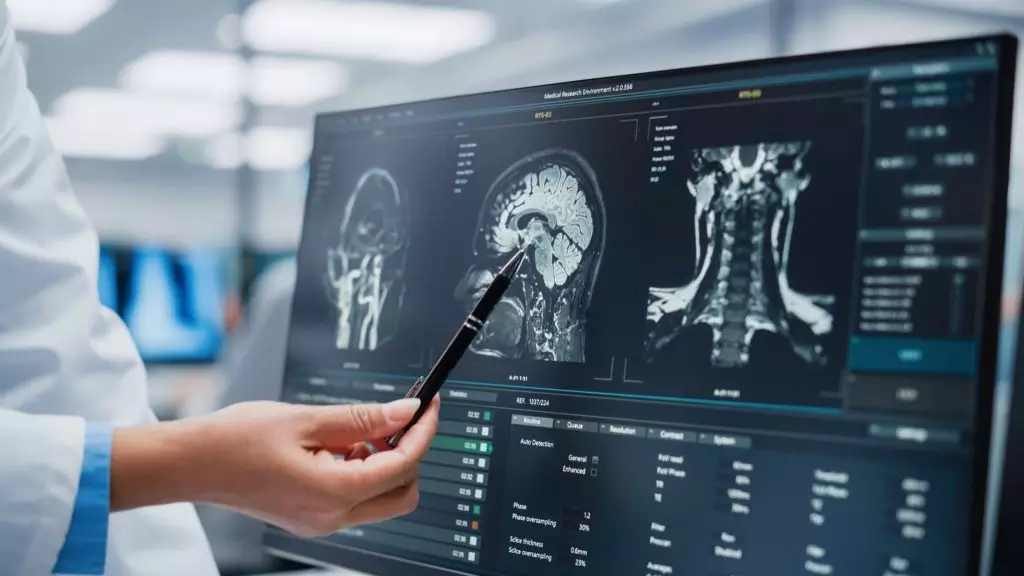
This project’s protagonist is a multinational company that produces solutions and tools for diagnostic imaging. Our intervention led to the creation of an algorithm that automatically identifies the presence of possible anomalies in the diagnostic images that will then be submitted to the next and more accurate evaluation of the radiologist.
Description and Benefit
Radiologists use diagnostic tools, such as ultrasound scans with or without contrast, to verify the possible presence of lesions in the human body’s organs.
Sometimes the presence of lesions on images is not clear and their detection requires great attention and expertise from radiologists. For this reason we have developed a deep learning algorithm to quickly scan the hundreds of images that compose an examination and detect the possible existence of lesions.
Neural networks and deep learning for lesion detection
In order to carry out this project, we used neural networks. We trained our deep learning algorithm with a series of contrast images in which experienced radiologists had highlighted the presence of abnormalities.
- Increased accuracy, There is an improvement in the diagnostic process both in terms of time and reliability
- Sharing of expertise, The objective identification of abnormalities, regardless of the individual experience of the specialist, allows for their sharing
- Continuous Evolution, The algorithm is based on the knowledge of experienced radiologists and can be updated and evolve following their expertise